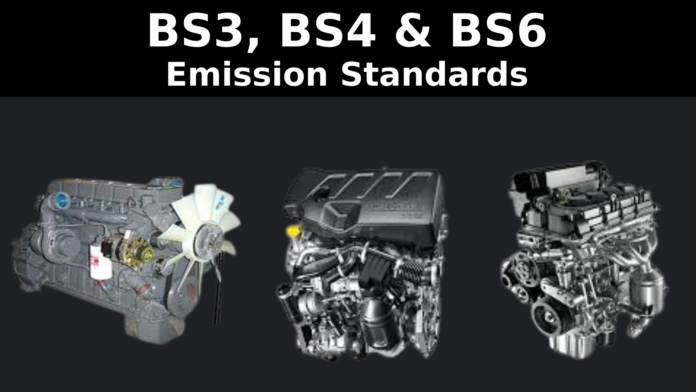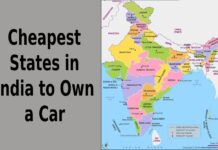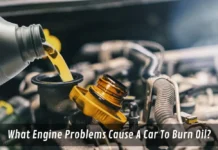With rising pollution levels and stricter environmental regulations, India has continually upgraded its vehicle emission standards to ensure cleaner air and better fuel efficiency. The transition from BS3, BS4, BS6 Emission Standards has played a crucial role in reducing harmful emissions and making vehicles more eco-friendly. But what do these standards mean, and how do they impact vehicle performance, fuel quality, and costs? Whether you’re a car buyer, an automobile enthusiast, or simply curious about India’s emission norms, this guide will break down everything you need to know.
Key Points
- What Are Bharat Stage (BS) Emission Standards?
- A Quick History of BS Norms in India
- Evolution of Bharat Stage Emission Standards
- Key Differences Between BS3, BS4, and BS6
- Why India Skipped BS5?
- How These Standards Affect You and Your Vehicle
- The Future: What’s Next After BS6?
What Are Bharat Stage (BS) Emission Standards?
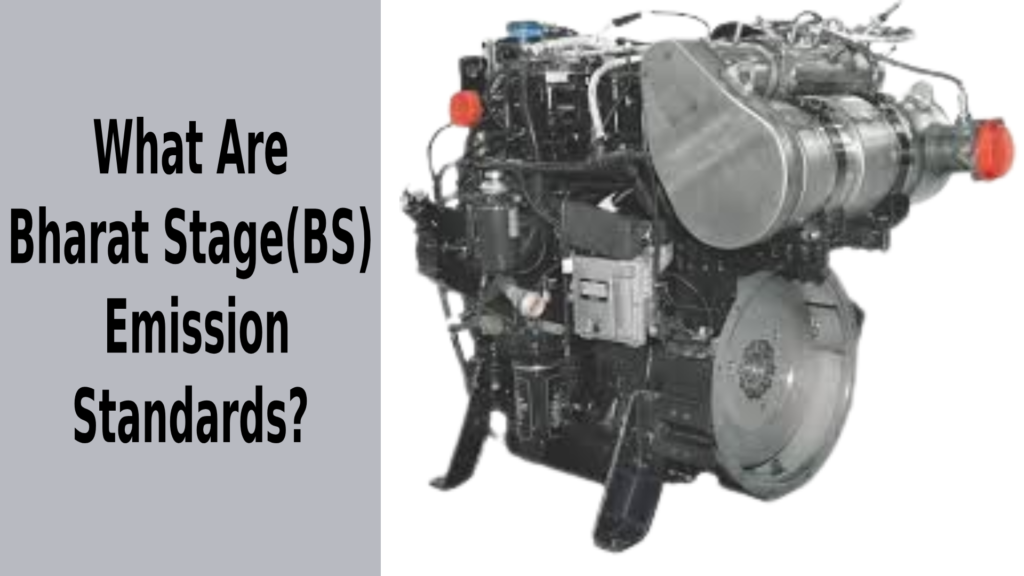
Bharat Stage (BS) standards are rules made by the Indian government to limit the harmful gases vehicles release into the air. Think of them as a way to keep our skies cleaner and our lungs healthier. These rules apply to all vehicles with engines like cars, bikes, trucks, and even construction equipment. The Central Pollution Control Board (CPCB), under the Ministry of Environment, sets these standards, and they’re inspired by Europe’s “Euro” norms but tweaked for India’s needs. The higher the BS number (like BS3 to BS6), the stricter the rules, meaning less pollution.
A Quick History of BS Norms in India
India’s journey with emission standards started back in 2000 as outlined by the Ministry of Road Transport and Highways. Then came BS2 in 2005, BS3 in 2010, BS4 in 2017, and finally BS6 in 2020. Each step made the rules tougher to fight the growing pollution problem. India didn’t roll these out everywhere at once big cities like Delhi got them first because of worse air quality. The jump from BS4 to BS6 was a bold move, skipping BS5 entirely, to catch up with global standards fast.
Evolution of Bharat Stage Emission Standards
The Bharat Stage emission standards have evolved to combat vehicle pollution in India. From BS3’s humble start to BS6’s advanced leap, each step targets cleaner air.
1. BS3: The Early Days of Emission Control
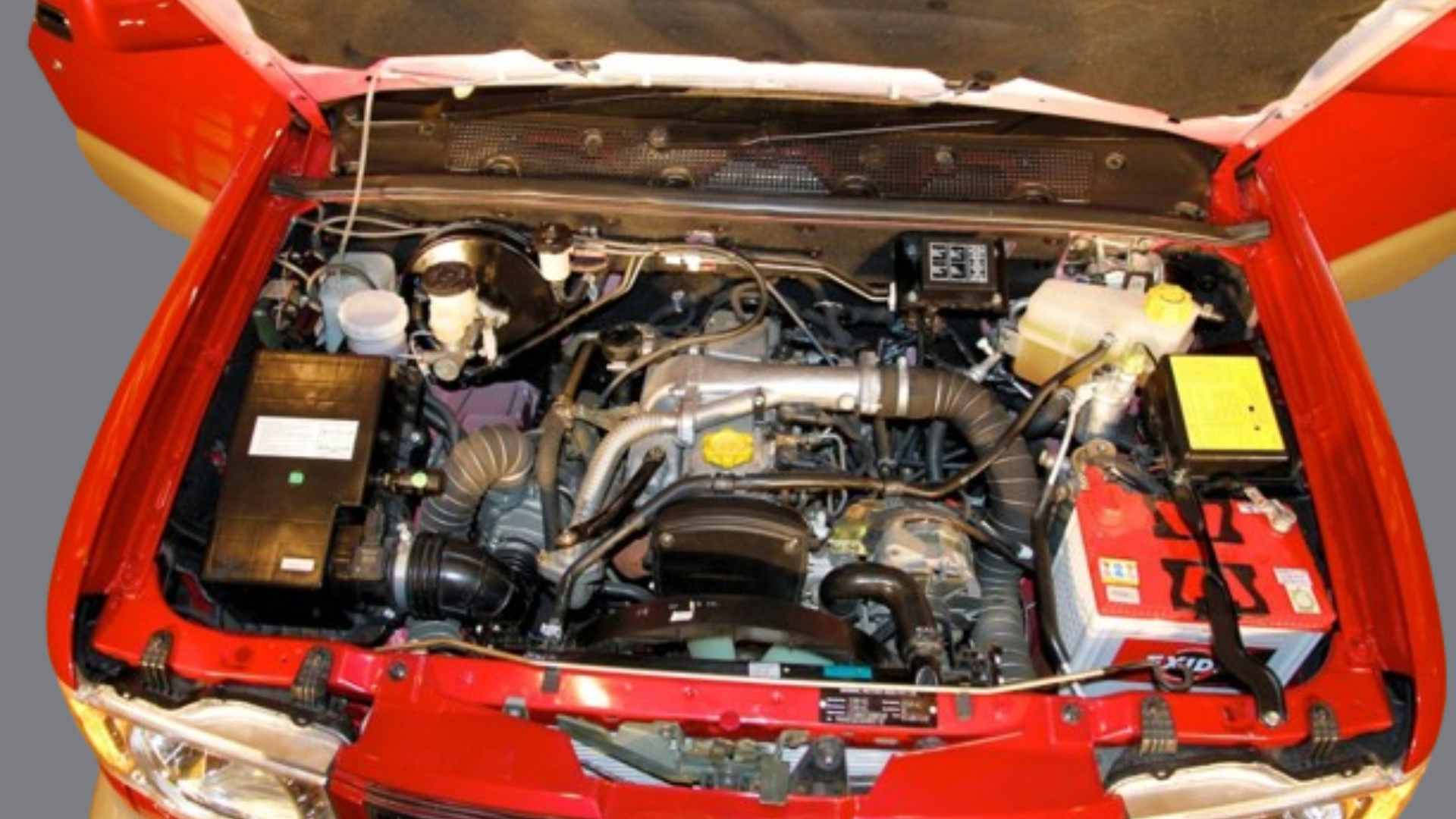
BS3 kicked in around 2005 in major cities and went nationwide by 2010. It was a big deal back then because it forced vehicles to cut down on pollutants like carbon monoxide (CO), nitrogen oxides (NOx), and hydrocarbons (HC). Carmakers had to add things like electronic fuel injection and better exhaust systems. BS3 also made unleaded petrol a must, which was a game-changer for reducing lead pollution. But compared to today, BS3 was pretty basic it was just the start of India’s clean-air mission.
2. BS4: A Step Up in Cleaner Air Efforts
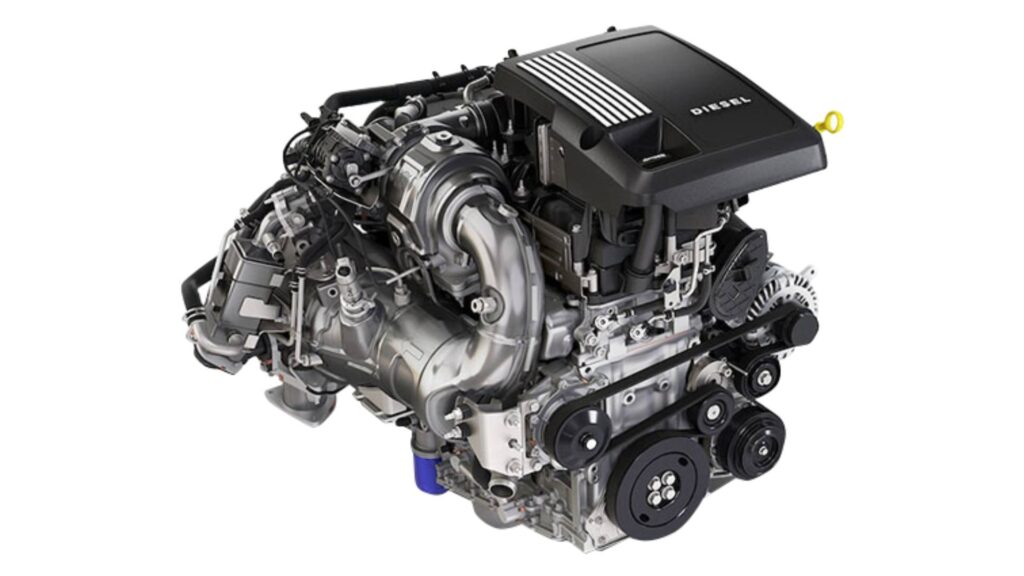
BS4 arrived in 2010 for 13 big cities and went countrywide in 2017. It tightened the screws on pollution even more. For example, it slashed the allowed NOx levels in diesel vehicles from 500 mg/km (BS3) to 250 mg/km. BS4 engines needed upgrades like Diesel Oxidation Catalysts (DOC) and better fuel injection systems. Plus, fuel got cleaner too Sulphur in petrol and diesel dropped to 50 parts per million (ppm). BS4 also brought cool features like Automatic Headlamp On (AHO) for bikes, blending safety with eco-friendliness.
3. BS6: The Big Leap to Modern Standards
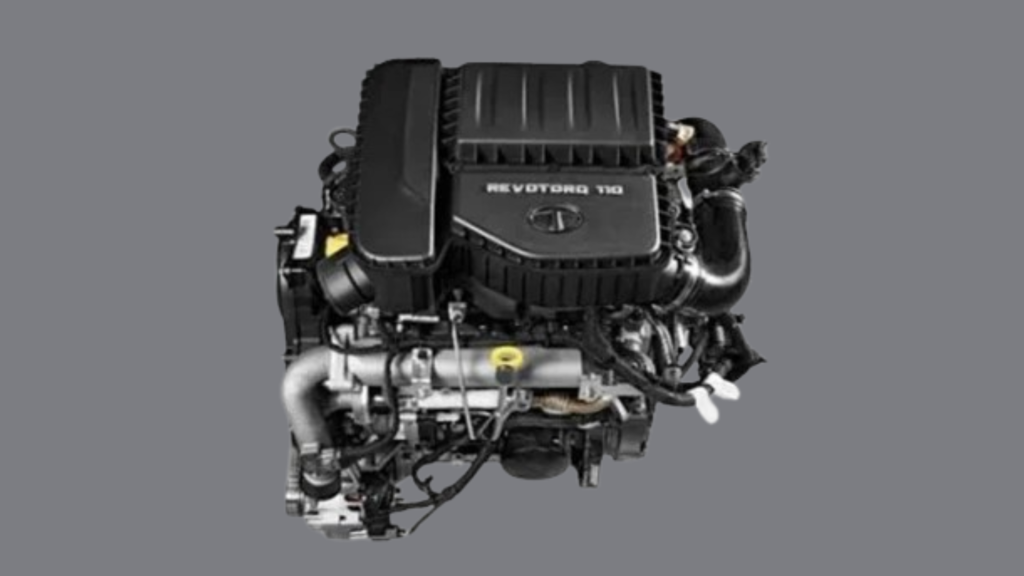
BS6 hit the scene on April 1, 2020, and it’s the strictest yet. India jumped straight from BS4 to BS6, skipping BS5, to match global benchmarks. It cuts pollution big time NOx in diesel vehicles drops to 80 mg/km (from 250 mg/km in BS4), and particulate matter (PM) is limited to 4.5 mg/km. BS6 vehicles use fancy tech like Diesel Particulate Filters (DPF) and Selective Catalytic Reduction (SCR) to trap and clean exhaust gases. Fuel got a major upgrade too sulphur is now just 10 ppm. Oh, and BS6 introduced real-time emission checks with On-Board Diagnostics (OBD), making sure vehicles stay clean on the road, not just in tests.
Key Differences Between BS3, BS4, and BS6
Here’s the exciting bit how do BS3, BS4, BS6 Emission Standards stack up?
- Pollution Limits: BS3 allowed more CO, NOx, and PM than BS4, and BS6 is the toughest, slashing these levels by up to 70% for diesel engines compared to BS4.
- Technology: BS3 had basic stuff like direct injection. BS4 added catalytic converters and EGR (Exhaust Gas Recirculation). BS6 goes all out with DPF, SCR, and OBD.
- Fuel Quality: BS3 used fuel with 150 ppm sulphur; BS4 dropped it to 50 ppm, and BS6 demands ultra-clean 10 ppm fuel.
- Cost: BS3 vehicles were cheaper to make. BS4 bumped up prices a bit, and BS6 vehicles cost 10-20% more because of advanced tech.
- Impact: BS3 was a start, BS4 improved air quality, and BS6 is a giant leap for cleaner cities.
Why India Skipped BS5?
You might wonder where’s BS5, India skipped it to save time and tackle pollution faster. Going from BS4 to BS6 in just three years (instead of waiting for BS5) meant we could adopt cutting-edge tech sooner. The government wanted to match Europe’s Euro 6 standards quickly, especially since air pollution was hitting crisis levels in places like Delhi. Skipping BS5 was a bold, smart move to prioritize health and the environment over gradual steps.
How These Standards Affect You and Your Vehicle
These norms change the game for us regular folks:
- Buying a Vehicle: Since April 2020, only BS6 vehicles can be sold or registered. BS3 and BS4 are history for new buys.
- Cost: BS6 vehicles and fuel are pricier, so your wallet feels it expect to pay ₹50,000-₹1 lakh more for a BS6 car.
- Old Vehicles: BS4 cars bought before 2020 are still legal to drive, but some cities ban BS3 vehicles during bad air days.
- Fuel: BS6 engines need BS6 fuel to work right. Using BS4 fuel in them can mess up emissions and performance.
- Air Quality: Cleaner standards mean fresher air fewer coughs and smoggy days for everyone.
The Future: What’s Next After BS6?
BS6 isn’t the end, Talks about BS7 (based on Euro 7) are already buzzing, possibly rolling out by 2025-2026. It’ll likely focus on even lower emissions, electric vehicles, and real-world testing. Carmakers are gearing up, but it’ll mean more tech upgrades and higher costs again. For now, BS6 is keeping us on track for a greener India, but the future promises even cleaner roads.
Conclusion
Understanding BS3, BS4, BS6 Emission Standards is essential for every vehicle owner, as these regulations directly impact fuel efficiency, maintenance costs, and environmental sustainability. While BS6-compliant vehicles offer cleaner emissions and better technology, they also come with higher upfront costs. However, the long-term benefits such as reduced pollution and improved engine performance make them a step in the right direction. As India continues its journey toward greener mobility, upgrading to a BS6 vehicle is not just a regulatory requirement but a responsible choice for a cleaner future.
Frequently Asked Questions (FAQs)
Q1. What does BS stand for in BS3, BS4, and BS6?
BS stands for Bharat Stage. It’s India’s version of emission standards to control vehicle pollution, inspired by Europe’s Euro norms.
Q2. Can I still drive my BS3 or BS4 vehicle in 2025?
Yes, if you bought it before April 2020, it’s legal to drive. But some cities might restrict BS3 vehicles during high-pollution days.
Q3. Why are BS6 vehicles more expensive?
They use advanced tech like DPF and SCR to cut emissions, plus cleaner fuel, which bumps up the manufacturing cost.
Q4. What happens if I use BS4 fuel in a BS6 vehicle?
It won’t meet BS6 emission standards, and it could harm the engine over time. Always use BS6 fuel for BS6 vehicles.
Q5. Is BS6 really making a difference to air quality?
Yes, Lower emissions mean less smog and fewer health issues. Cities are already seeing cleaner air since BS6 kicked in.
Q6. Will there be a BS7 soon?
Maybe by 2025-2026, it’s in talks and could bring even stricter rules and more eco-friendly tech.


